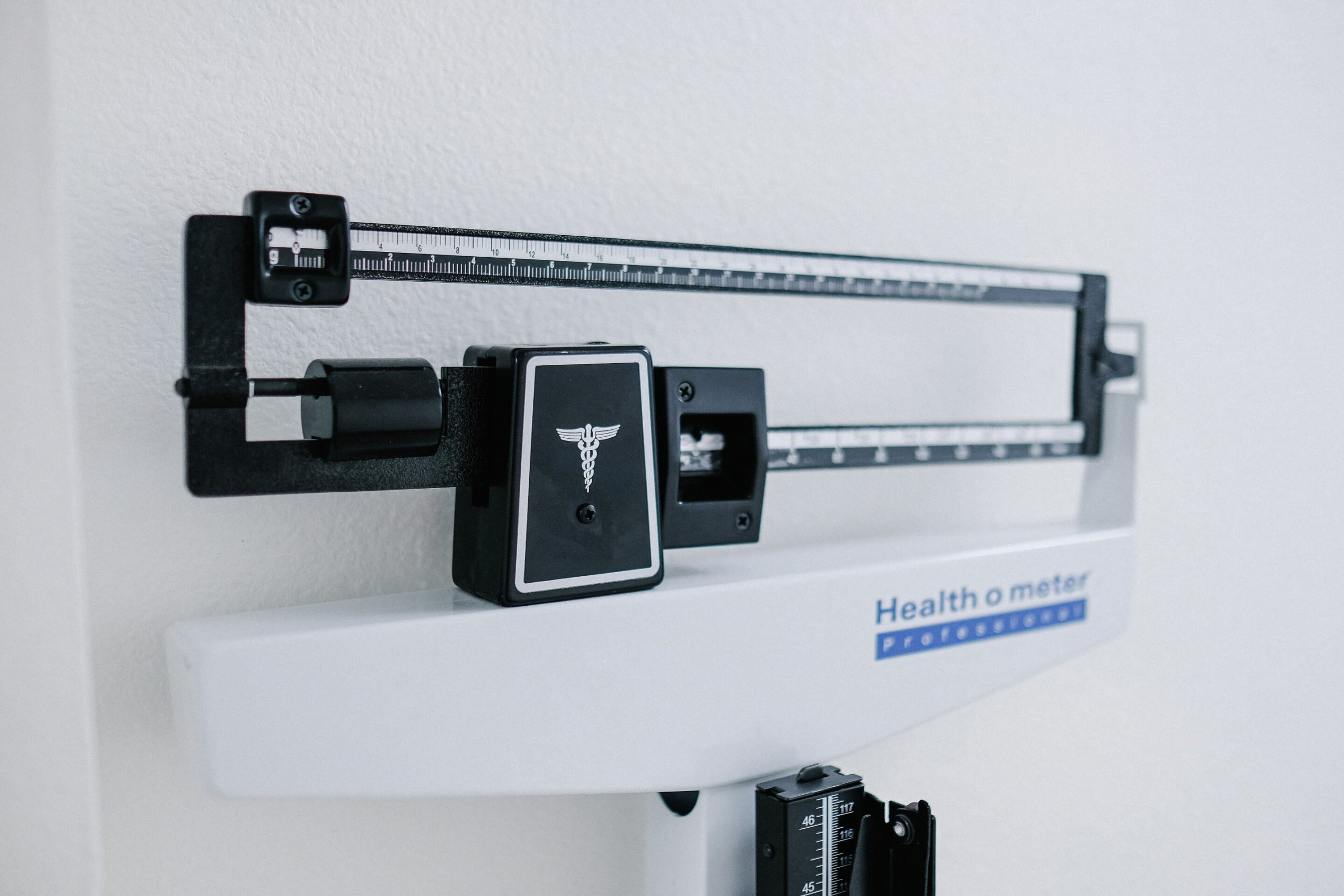An intensive three-year intervention to lower the top blood pressure number to less than 120 mm Hg was more effective at preventing death, heart attack, stroke and other cardiovascular events in adults at high risk for cardiovascular disease, compared to the standard treatment target of under 140 mm Hg, according to late-breaking science presented today at the American Heart Association’s Scientific Sessions 2023. The meeting, Nov. 11-13, in Philadelphia, is a premier global exchange of the latest scientific advancements, research and evidence-based clinical practice updates in cardiovascular science.
“Our study provides evidence to support targeting systolic blood pressure to less than 120 mm Hg in hypertensive patients with high cardiovascular risk and normal or mild-reduced kidney function, regardless of their diabetes status (Type 1, Type 2 or none) or history of stroke,” said lead study author Jing Li, M.D., Ph.D., director of the department of preventive medicine at the National Center for Cardiovascular Diseases in Beijing, China.
The researchers conducted a multi-center, randomized controlled trial to evaluate the effects of an intensive blood pressure-lowering strategy on the incidence of major cardiovascular events, including heart attack, stroke, cardiovascular death, revascularization, or hospitalization or emergency room visit for heart failure, in participants with increased cardiovascular risk.
Participants in the ESPRIT trial were randomized to receive intensive blood pressure treatment with a systolic blood pressure target of less than 120 mm Hg or standard treatment, with a target measurement of under 140 mm Hg over a three-year period. Antihypertensive medication was prescribed to lower blood pressure in both groups. Patients in the intensive treatment group received multiple classes of hypertensive medications and higher doses of antihypertensive medications in comparison to the usual-treatment group. Safety was assessed between treatment groups by comparing serious adverse events among participants.
The researchers found that after two years, participants in the intensive treatment group had significantly better outcomes than those receiving standard care. Compared with the standard treatment, the intensive treatment strategy prevented:
- 12% of heart attacks, stroke, revascularization procedures, death from cardiovascular causes and hospitalization or emergency room visit for heart failure;
- 39% of deaths from cardiovascular causes; and
- 21% of deaths from any cause.
- There was no significant difference in serious adverse events of low blood pressure, electrolyte abnormality, fall resulting in an injury, acute kidney injury or renal failure.
Syncope, or fainting, was one of the serious adverse events used to evaluate safety. Syncope occurred at a rate of 0.4% per year in the intensive group and 0.1% in the standard group. This means that for every 1000 patients receiving the intensive treatment for 3 years, 3 patients would experience a serious adverse event of syncope, while 14 major vascular events and 8 deaths would be further prevented, Li noted.
“These results provide evidence that intensive hypertension treatment focused on achieving systolic blood pressure of less than 120 mm Hg is beneficial and safe for individuals with high blood pressure and increased cardiovascular risk factors,” Li said. “Implementing this intensive treatment strategy for high-risk adults has the potential to save more lives and reduce the public health burden of heart disease worldwide.”
Study details and background:
- The ESPRIT trial included 11,255 adults in China. Participants had a baseline systolic blood pressure measurement of 130-180 mm Hg and either established cardiovascular disease or at least two major risk factors for cardiovascular disease.
- Participants were an average age of 64.6 years; 41.3% were identified as women and 58.7% were identified as men, according to their national ID cards.
- Approximately 27% of the study participants had a history of stroke; approximately 29% had previous coronary heart disease; and approximately 39% had diabetes, Type 1 or Type 2.
- The trial’s primary outcome was a composite outcome of heart attack, coronary or non-coronary revascularization, hospitalization/emergency room visit for heart failure, stroke or CV death. Secondary outcomes included CV outcomes, kidney outcomes and cognitive outcomes.
Study limitations included that the cardiovascular benefits of the intensive intervention emerged after two years, while the intervention only lasted three years, meaning the relatively short study period may underestimate the benefits, Li said. In addition, the study was conducted in China and therefore, the results may not be generalizable to people in other racial and ethnic groups or living in other countries. However, Li also noted that the results were consistent with similar studies in people of other racial and ethnic groups.
Future work will involve examining the longer-term effects of the intensive intervention strategy over the follow-up period.


